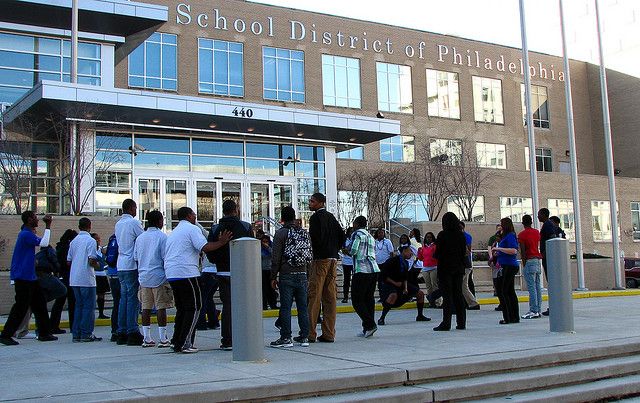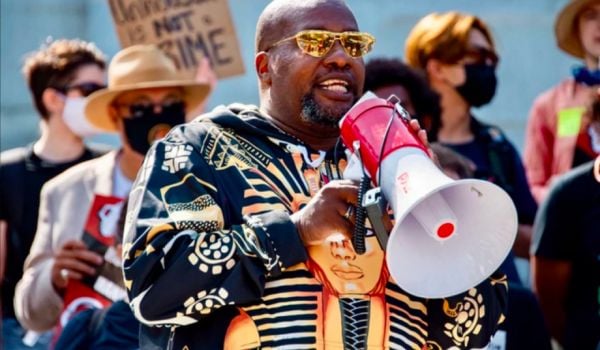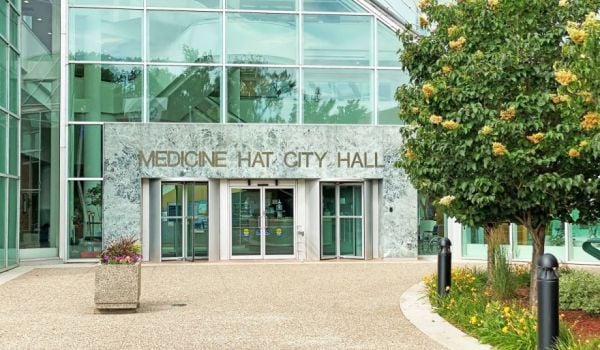If you aren’t a consummate Beltway watcher, it’s easy to shrug off the sequester as yet another example of deadlock on Capitol Hill, or party radicalism, or White House political theater (or all three). Maybe the package of $85.3 billion in budget cuts for Fiscal Year 2013, enacted on March 1, won’t be that big a deal. Last week, for instance, Evan Soltas of Bloomberg News assured readers that its effects “will be slow, boring, and local.”
Under sequestration, 9 percent of the discretionary non-defense budget will be hacked away in seven months (Fiscal Year 2013 ends on September 30), which includes huge swaths of funding for programs such as affordable housing, low-income education, child care, nutritional assistance for pregnant women, mental health services and assistance for the homeless. No one seems clear how quickly these cuts will be implemented. But from the local level in cities like Philadelphia, at least, they’re being anticipated as anything but boring.
Deep, sweeping austerity cuts are nothing new. The federal discretionary budget, and all the programs it covers, has already been cut by 9 percent since 2010, while further cuts through 2022 will, according to the Center on Budget and Policy Priorities, “shrink non-defense discretionary spending to its lowest level on record as a share of GDP, with data going back to 1962.”
In Pennsylvania, Gov. Tom Corbett axed 20 percent of state funding for higher education, 10 percent of community college funding, expelled tens of thousands from Medicaid, cut and blocked granted human services funding, eliminated the state’s meager cash assistance program (which mostly supported people with disabilities) and reaped $860 million from public education. As the Education Law Center reports, “The poorest school districts lost the most funding per student in 2011-12.”
The sequester’s impact on Philadelphia must be weighed in the context of this wider austerity, especially because no aid can be expected from the slash-happy Corbett administration. The most dramatic example of this is probably the School District, which cut $300 million because of the sharp decline in state support, just closed 23 neighborhood public schools despite massive public outcry and faces a cumulative budget gap of $1.35 billion over the next five years.
“The School District of Philadelphia has already gone through a couple years of cutting budgets, so we are down to the bone,” said Fernando Gallard, the district’s chief of communications. “[We] don’t have taxing authority, so we have to deal with cuts by reducing expenditures. That’s the only way the School District of Philadelphia is able to deal with it. It will hurt.”
Gallard estimated the district will lose between $16 and $17 million under sequestration, although he could not yet provide an exact breakdown of how much money will be lost from which federal grants. Title I of the Elementary and Secondary Education Act, which provides money to low-income school districts, is among the programs on the chopping block and will lose $323 million nationally. The National Educational Association claims Pennsylvania can expect to lose $29.5 million (every public school in Philadelphia receives Title I money).
According to a report from the Council of the Great City Schools, the School District of Philadelphia is hoping to spread the pain: It “indicated [it] would try not to reduce the number of schools or students served, but would be forced to significantly lower the allocation for each as a result of a Title I funding cut.” About 154,000 students would receive reduced services.
Gallard confirmed that Title I was among the slashed grants that the district is struggling to handle, but did not provide details about the district’s plans regarding those particular grants. Other wounded grants include $121 million stripped from the national IDEA program for special education ($21.8 million lost in Pennsylvania), $52 million from Title II for teacher quality improvement ($5 million) and $12 million from Title III, which helps students who are learning to speak English ($730,000). Gallard estimated a loss of about 250 seats in the Head Start pre-school program, which is losing $13.4 million statewide and has a lengthy waiting list in Philadelphia, which he said is already a couple hundred names long.
Gallard’s uncertainty about the sequester’s precise effects, and the district’s possible responses, is not unusual. “One of the problems we have is that it is unclear how the sequestration cuts are going to play out,” said Sharon Ward, executive director of the Pennsylvania Budget and Policy Center. “It is unclear whether people are going to have to incorporate the reductions in their current budgets. There is lot of confusion around that.”
The sequester will also hit affordable housing and homelessness assistance, cutting $938 million, nationally, from the Housing Choice Voucher program and snatching $96 million from homelessness assistance programs (a little more than $5 million will be lost in Pennsylvania). In Philadelphia, these austerity measures come on top of the Corbett cuts, which included the complete elimination of the General Assistance program that provided recipients, 90 percent of whom were disabled, with a $205 a month. A meager sum, but it meant the difference between shelter and the street for several of the 39,000-40,000 Philadelphians who were unceremoniously ejected from the foreclosed program.
“There has been a huge uptick in family homelessness over the last two years and we’ve turned families away from services for the first time… maybe ever,” said Liz Hersch, executive director of the Housing Alliance of Pennsylvania. (Philadelphia’s Project HOME was unable to comment, as it is still working to figure out how exactly it will be hit). “There is greater need and demand for services because people are struggling after the recession and, at the same time, there a fewer resources available to meet the need. There’s a real strain on the system and sequestration is going to continue to exacerbate that situation.”
The Philadelphia Housing Authority (PHA) did not respond to interview requests, but according to the Philadelphia Inquirer the agency faces a $42 million loss. (The Housing Authority is not a branch of the Philadelphia municipal government and gets most of its funding from the Department of Housing and Urban Development.) Hersch said that the PHA’s waiting list contains about 15,000 people, but that it has been closed for many years. Housing authorities in the city and surrounding counties, she said, may have to expel people from their units and might not make units available to the waitlist when current tenants move out
Even if this scenario is avoided, many of the services provided to recipients — job training, financial literacy classes — will likely be terminated. The Inquirer reports that PHA will try to avoid layoffs through furloughs, wage freezes, getting militant about rent collection (which accounts for $24 million of the agency’s $371 million budget) and “suspending new rent subsidy vouchers.”
The sequester seeps into almost every area where federal grant money is concerned. Thousands of women and children in Philadelphia will lose nutritional aid from the Special Supplemental Nutrition Program for Women, Infants, and Children. Substance abuse treatment and domestic violence services will lose federal money, too, even though both of these essential supports have been struggling to meet demand and losing other sources of funding in recent years. (Corbett’s elimination of the General Assistance program ended the principal revenue stream of 400 drug and alcohol recovery houses in Philadelphia, many of which are now largely closed.)
In The American Prospect, Art Levine outlines the massive damage the sequester will do to mental health programs nationally, with a focus on Pennsylvania and Corbett’s 10 percent cut last year:
Three-month waits in Philadelphia to see a psychiatrist in a public clinic have stretched to as long as four months…The city’s five mobile-crisis teams — manned by a nurse and social worker in a mini-van to counsel and evaluate people — have been cut to just one 24/7 van for the city, and one for West Philadelphia… preventive programs that can forestall psychiatric crises have been pared down, including outpatient counseling and outreach services.
Off the top of his head, Mark McDonald, Mayor Michael Nutter’s press secretary, lists other programs that will suffer the knife:
- 100 fewer homes will be covered by the Lead Paint Abatement Program
- 80 homeowners will lose the city’s foreclosure counseling services
- Head Start program would face a 400 slot reduction (a grimmer tally than Gallard’s), and the loss of 30 teaching jobs
- Federally funded workforce development programs will serve 300 fewer individuals
“This is not a complete list because [the sequester cuts are] are a moving target and the city agencies are waiting to learn more from the state and the federal government,” McDonald said. “People made the distinction between a fiscal cliff and a stone rolling downhill and gradually gathering speed… the incline isn’t real steep, the movement is slow and it’s hard to predict the impact. [But] there is a legitimate level of concern here. We’re in the midst of doing our own budget, and there are other things, there is more incoming from other directions.”

















